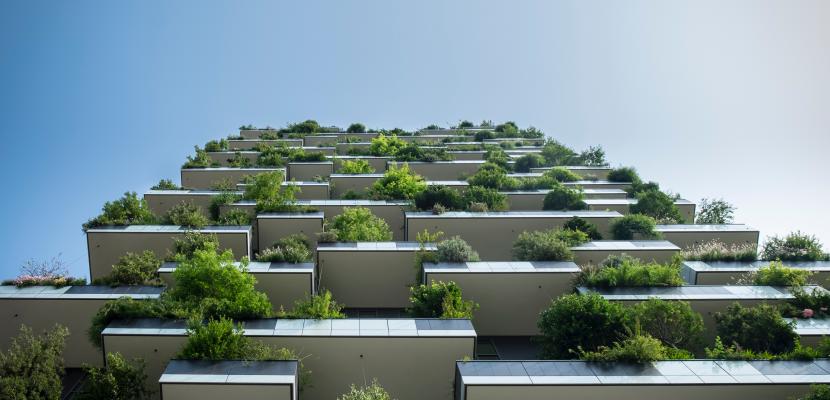
Amsterdam IJburg 1, high performance light-rail and compact urbanism

About this good practice
Amsterdam is booming and continuously in search for sustainable and attractive options to facilitate the growth. Much of the new housing is to be built within the city boundaries, in order to achieve sustainable mobility. The city wants to become climate-neutral by 2050.
IJburg 1 (= 1st phase), a set of islands located between 6-8,5km from Amsterdam’s central station, is one of the new developments. It contains housing for about 24.000 inhabitants. The building densities are high, the averages of two of the areal sections reaching up to about 80 houses per hectare. The general shape of the islands is longitudinal, making it easy to access the whole area by a tramline. Shops for daily need are located near the tramline. The line connects the area with the city’s centre and main station with (before Corona) up to 15 services/hour, and until past midnight. A journey from begin to end of the line lasts 18 minutes. The high speed is the consequence of dedicated infrastructure including bridges and a long tunnel under water, and of the spatial setting (no stops between the islands). IJburg 1 is also accessed by tangential bus lines and has good connections to the national highway system. Cars park indoor and on street.
In the vicinity of IJburg 1 four new islands are in development (IJburg 2). The urbanism on the new islands will also be compact, although quite different from IJburg 1, and partly experimental. The tramline will be extended to the new islands.
Resources needed
The tram line investments have been € 200 million of which € 150 were covered by the national government. This large investment, however, also serves other parts of Amsterdam and after extension will also serve other islands than IJburg 1. Also, there have been small bus line investments.
Evidence of success
The urbanistic and transport concept is successful: The residential satisfaction is relative high and has increased in the last decade (Municipality, 2019). The modal split indicates rather sustainable mobility and is better than in regional satellite locations (National survey OVIN, 2018): Less than 20% of short trips (<2,5km) go by car; most travel is active. For 2,5-10km about 35% are car trips (bicycling and public transport have the largest shares), for 10-50km this is about 70%.
Potential for learning or transfer
IJburg 1 is a very consequent example of a sustainable greenfield urban and mobility concept. Its compactness and high quality radial light rail service, tangential bus lines, bicycle and walking infrastructure seduce many travellers to choose active travel and public transport.
IJburg 1 provides relative affordable housing close to the city. The compactness is diverse in terms of morphology, (residential participation in) design, green, water and climate adaptation, and accessibility. All demonstrates that there are well appreciated alternatives to extensive housing in regional city satellites. One of the new islands is heading towards a layout with car availability only in mobility hubs in the neighbourhood.
There is a lot to learn for larger cities from the urbanism and mobility development in IJburg 1, also should a city consider a lower degree of compactness and lower level of light rail investments.
Further information
Website
Good practice owner
You can contact the good practice owner below for more detailed information.
Municipality of Amsterdam
